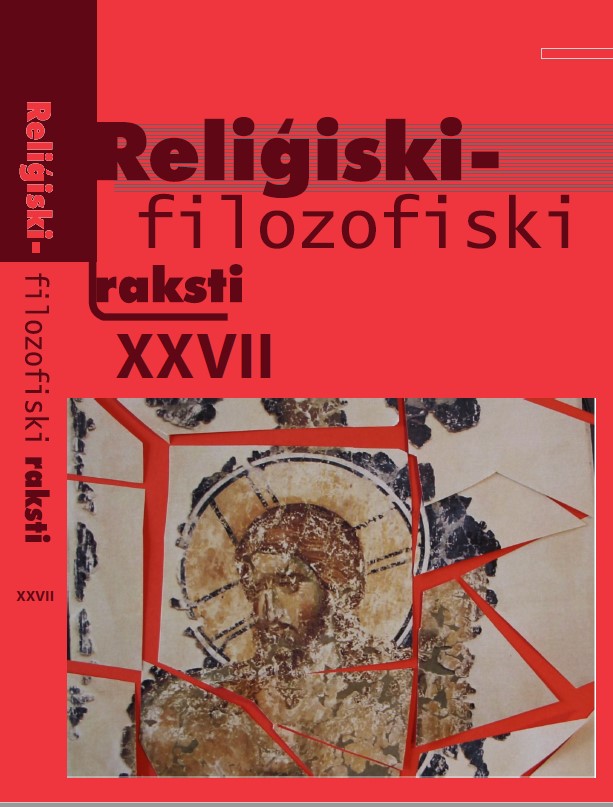Gēte un Šillers par kultūru: virzība uz augšgalu vai bezgalīgs līdzsvara meklējums?
Goethe and Schiller on Culture: Moving Upwards or Endless Search for Balance?
Author(s): Olga SenkāneSubject(s): Aesthetics, German Literature, 18th Century, 19th Century
Published by: Latvijas Universitātes Filozofijas un socioloģijas institūts
Keywords: philosophy of culture; cultural states; drive the balance of passions; aesthetic play; Schiller and Goethe’s Faust;
Summary/Abstract: Johann Wolfgang Goethe (1749–1832) in the essay Simple Imitation, Manner, Style (Einfache Nachahmung der Natur, Manier, Stil, 1789) presents creative methods in successive ascending order (Steigerung): 1) simple imitation – an accurate copy of reality, unconscious depiction of general forms (concepts of mind); 2) manner – the creation of one’s own world, the deliberate depiction of individual forms (ideals) and hoping for their generalization; 3) style – connection/match of both methods: depiction of purely generic forms with purely generalized/relevant for generalization content. By reconciling the first and second method of creativity (retaining everything of general importance and introducing the individual), the perfection of the third method can be achieved. In the 1790s this ‘triad’ is of Friedrich Schiller’s (1759–1805) great interest, too. Goethe and Schiller, both value culture in terms of attitude to form and content. The manner for Goethe is in the midst between a simple imitation and style that is the highest degree of attainment in art. What is at the end of the ascending development for Goethe, for Schiller is the middle because he looks at culture as a horizontal progress. Schiller finds two extremes in Goethe’s classification (direct copy of the perceived without the intention of revealing any form, and the interpretation of the perceived original or its representation with its form) and establishes style as a balance between them. Manner, which depends on the artist’s will, is not a step higher but completely contrary to an exact representation based on sense perception.
Journal: Religiski-filozofiski raksti
- Issue Year: XXVII/2019
- Issue No: 3
- Page Range: 38-73
- Page Count: 36
- Language: Latvian

